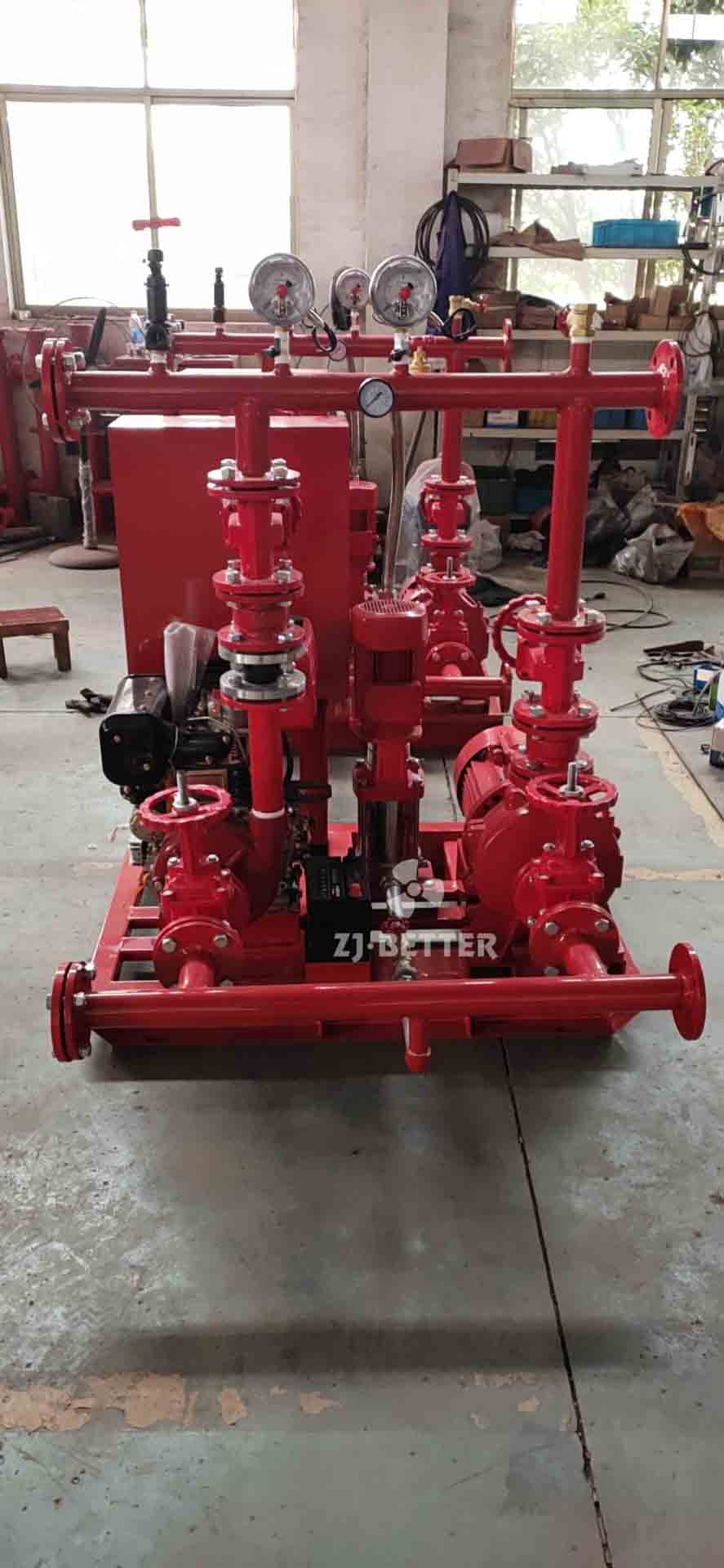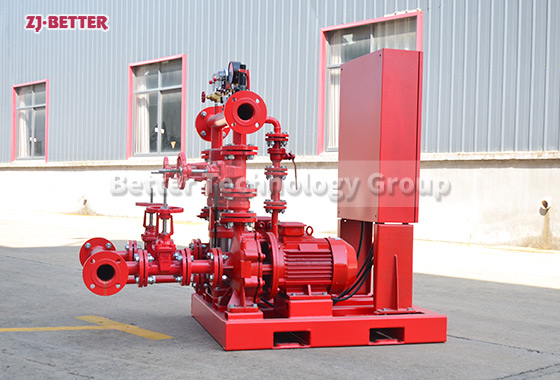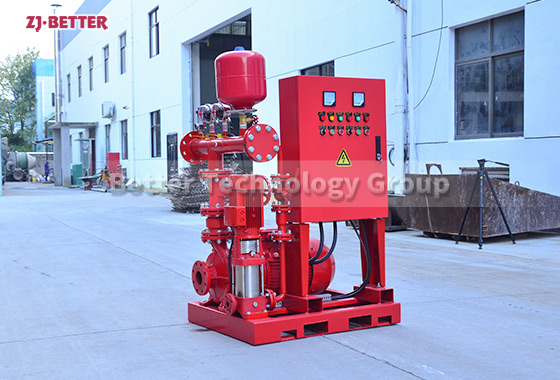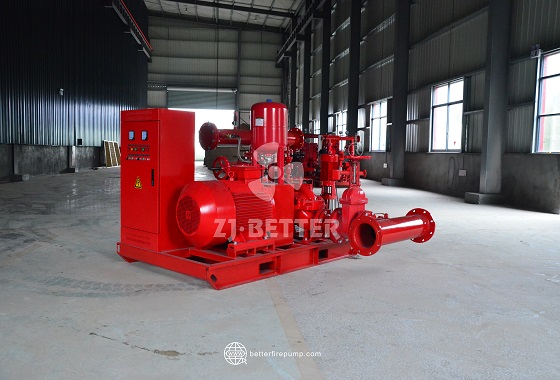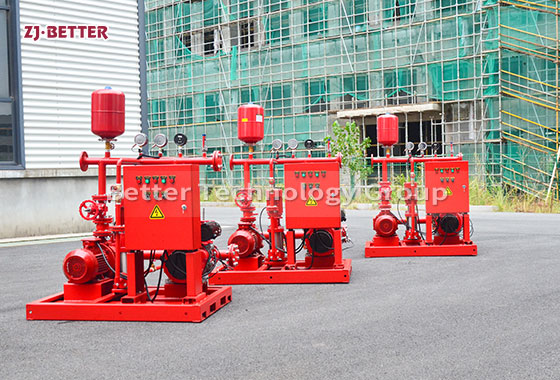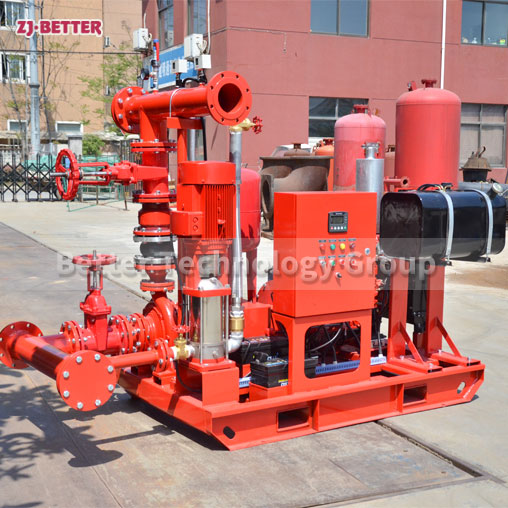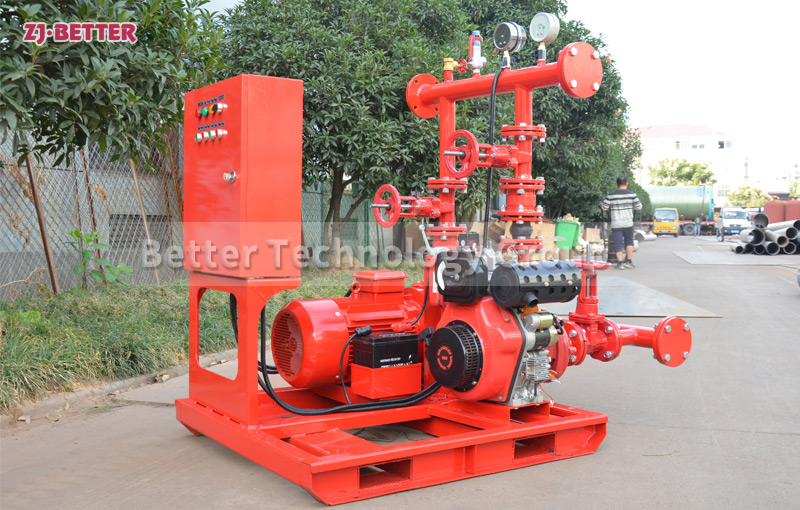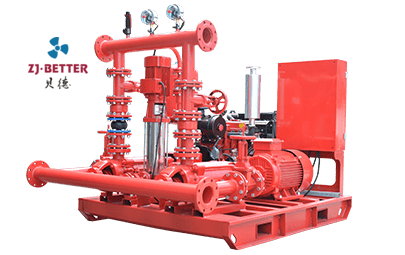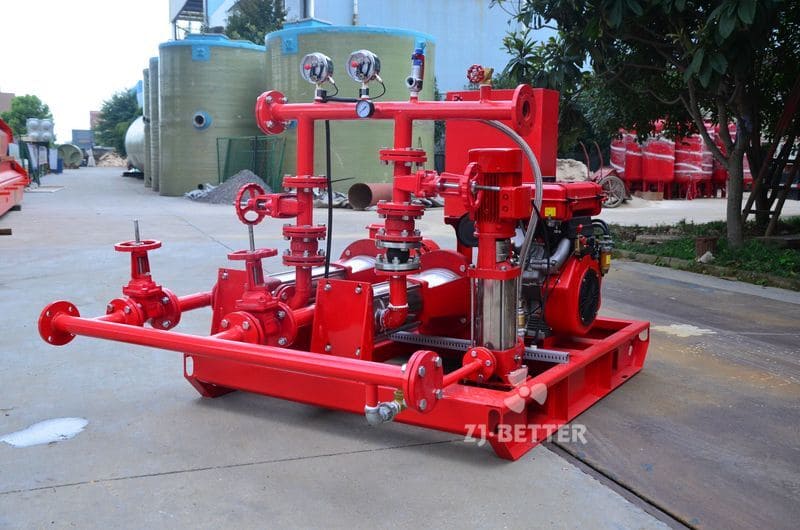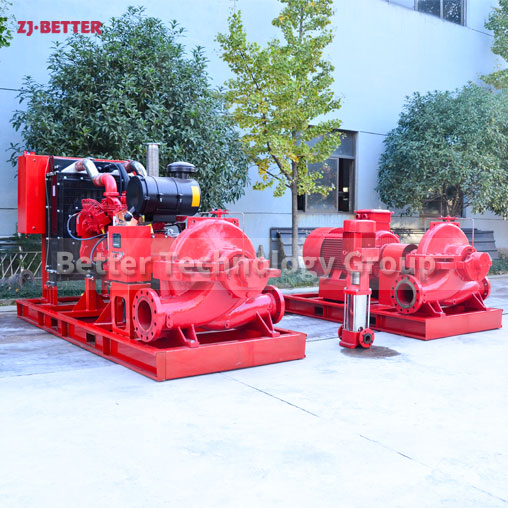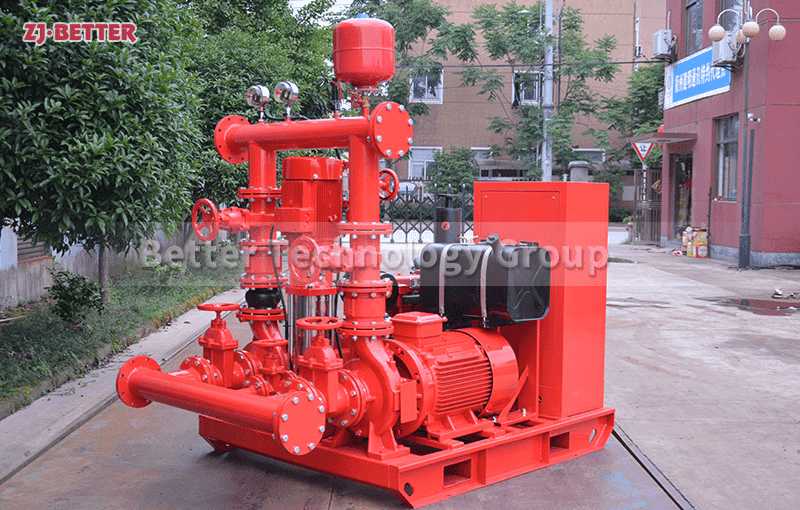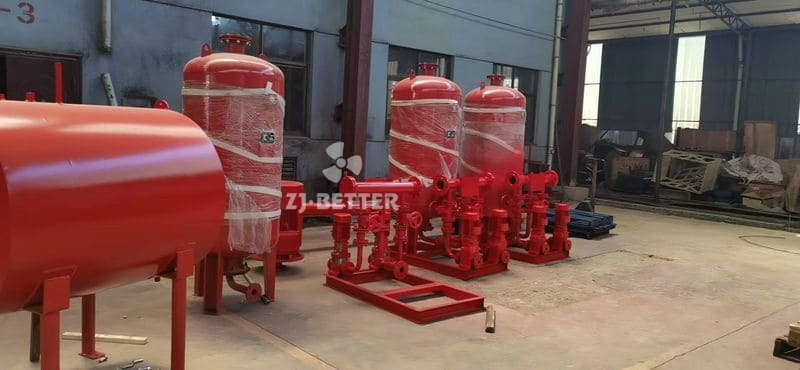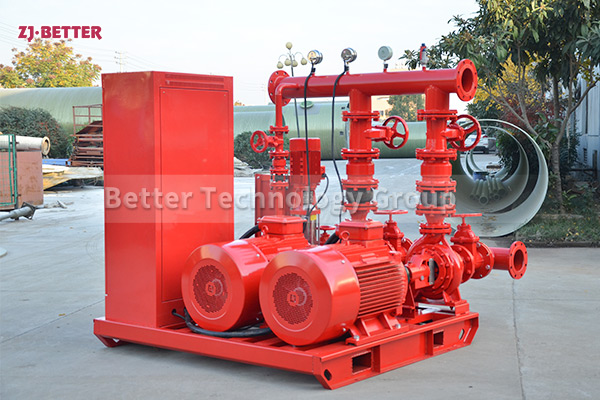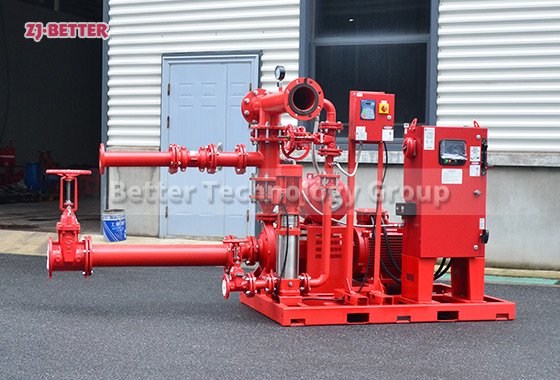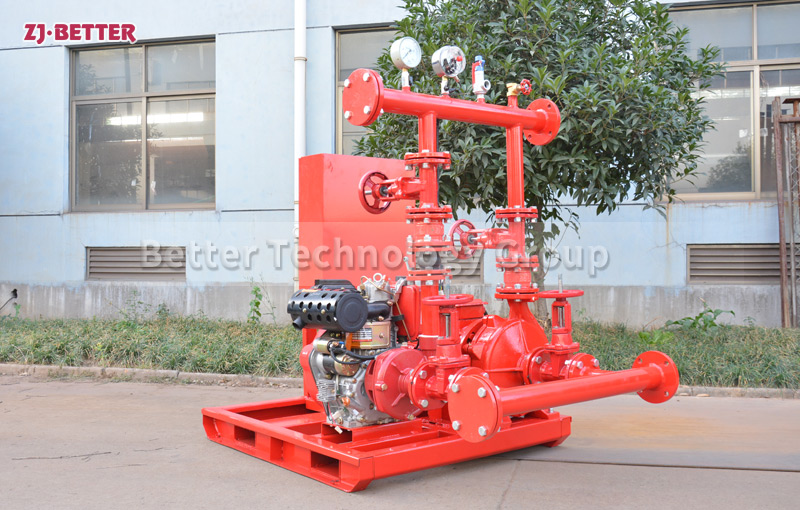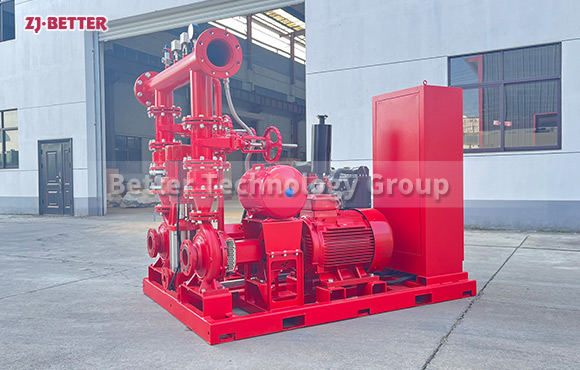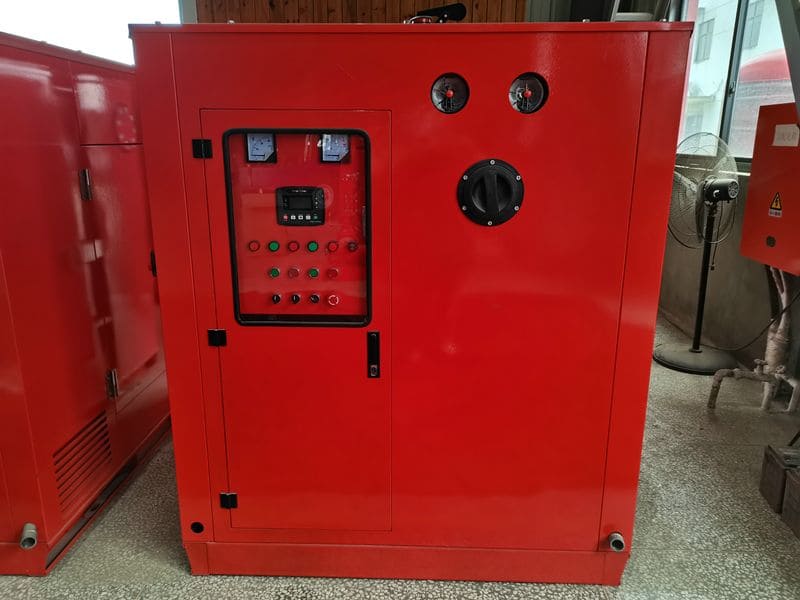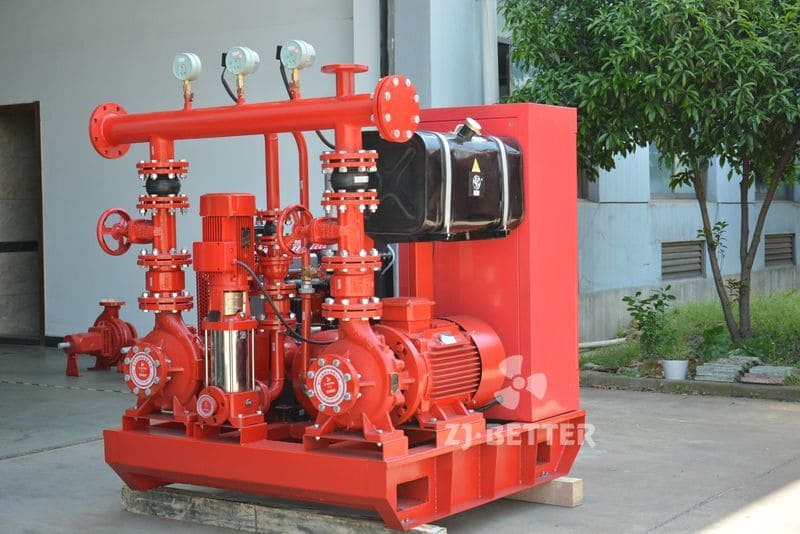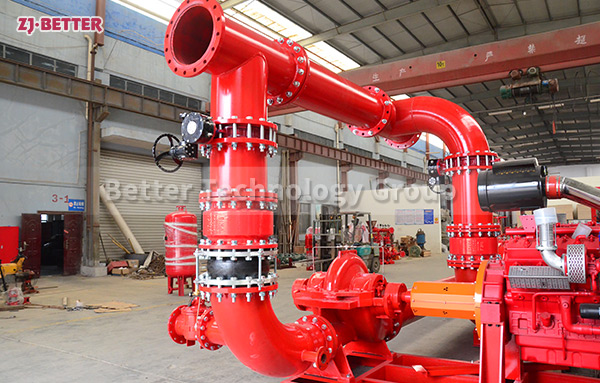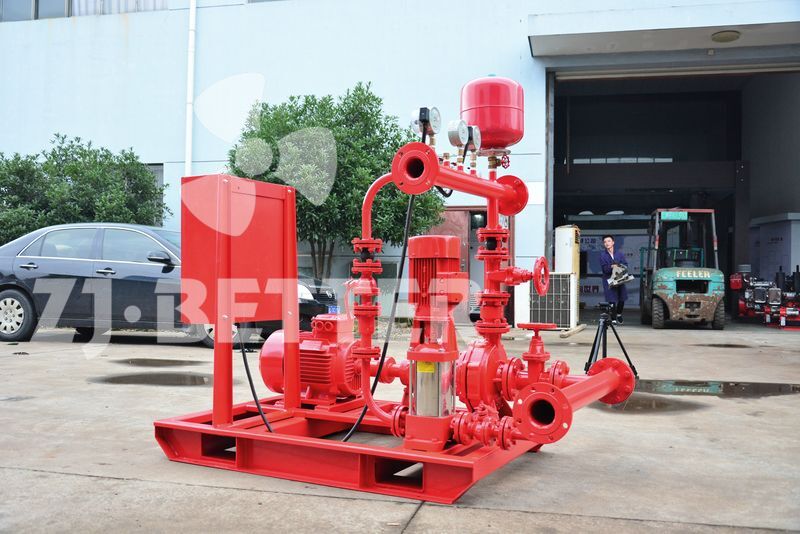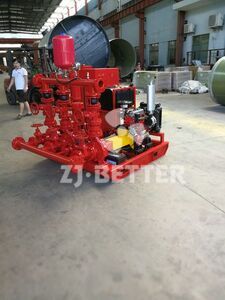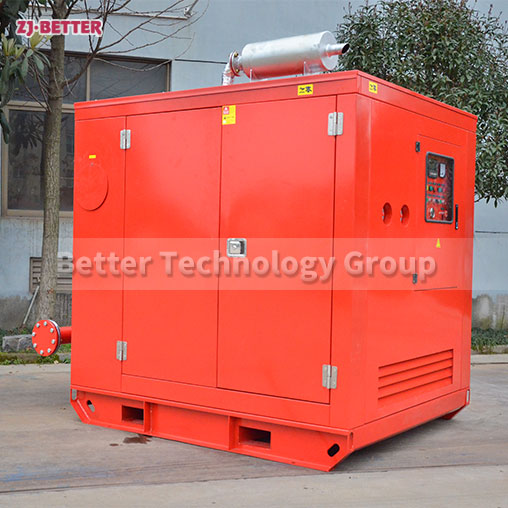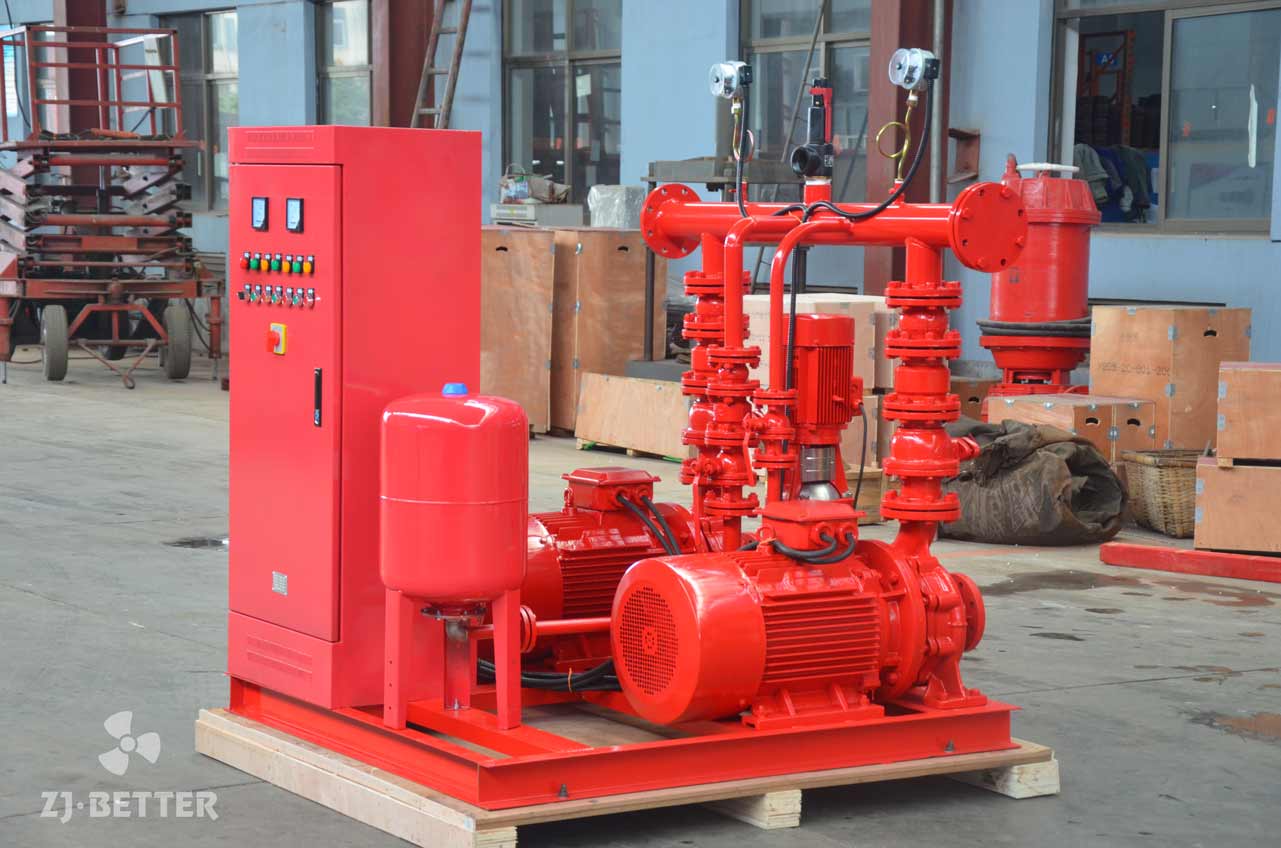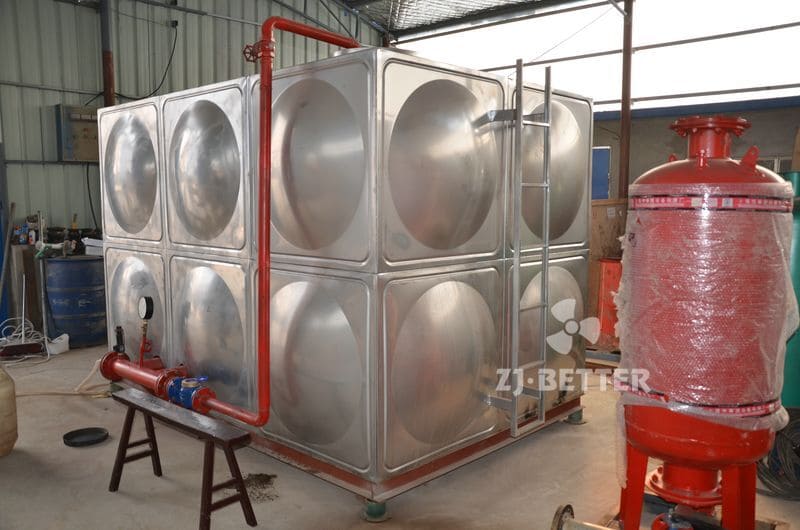How can we play a good role when using fire pumps and fire water pumps?
1. Ensure that you understand the manual or instructions that accompany the fire pump and water pump.
2. Follow the manufacturer’s instructions and recommendations for installation and operation.
3. Make sure that the power supply used is in good condition and always isolated from the power when setting up the pump.
4. Make sure that the pump and its parts are maintained in perfect condition all times.
5. Test the readiness of the pump for use and ensure that it is in top working condition before putting it to use.
6. Determine the exact amount of water needed and make sure that the pump is operated within the recommended pressure limits and flow rates.
7. Do not operate the pump for longer periods of time than prescribed in the manual.
8. Use the proper safety equipment and clothing when operating the pump.
9. Ensure that the water is discharged in a controlled way.
1. Ensure that you understand the manual or instructions that accompany the fire pump and water pump.
2. Follow the manufacturer’s instructions and recommendations for installation and operation.
3. Make sure that the power supply used is in good condition and always isolated from the power when setting up the pump.
4. Make sure that the pump and its parts are maintained in perfect condition all times.
5. Test the readiness of the pump for use and ensure that it is in top working condition before putting it to use.
6. Determine the exact amount of water needed and make sure that the pump is operated within the recommended pressure limits and flow rates.
7. Do not operate the pump for longer periods of time than prescribed in the manual.
8. Use the proper safety equipment and clothing when operating the pump.
9. Ensure that the water is discharged in a controlled way.


